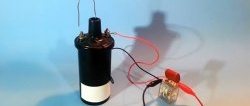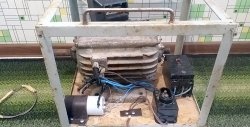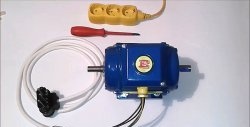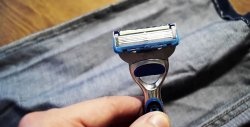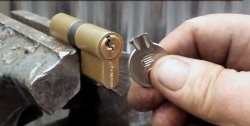Let's look at how to check the starting capacitor of a circulation pump. Any starting capacitors are examined using this principle.
An asynchronous motor is used to rotate the pump turbine. To start the armature, it is necessary to create a phase shift at the initial stage of starting. This action is achieved using a capacitor placed on the auxiliary winding.
Operating principle
The capacitor consists of two metal plates placed in parallel, relative to each other, and connected to each other by a dielectric spacer. The larger the area of the plates, the greater its capacity, which is measured in microfarads, picofarads, etc. When a positive voltage is applied to the contacts of the capacitor, this energy accumulates between the plates, and when a negative voltage appears, it is released into the circuit. Since alternating voltage consists of constantly changing negative and positive charges, thanks to the capacitor, equalization of oscillations towards positive voltage is achieved.This contributes to the creation, at the initial stage of operation of the asynchronous motor, of a magnetic field, which rotates the armature.
Symptoms of a problem
If the capacitor breaks down or loses capacity by more than ± 15% of its nominal value, in the first case the circulation pump will not start, in the second case the engine will rotate jerkily.
Capacitor check
There are several ways to test capacitors. A safe method is to test using a special device for testing capacitors or an ohmmeter, and a dangerous method is to draw conclusions about its performance by discharging a charged capacitor. Also, a broken capacitor has external characteristic signs of a malfunction: leakage of electrolyte, swollen housing. It is not difficult to measure the capacitance of a capacitor with a special device. To do this, you just need to turn it on and, setting the lever to a value greater than the value being tested, touch the contacts with the probes. Then compare the obtained value with the information indicated on the case.

If the deviations are small (± 15%), the part is serviceable; if the values are missing or below the acceptable range, then the starting capacitor should be replaced. We will not consider this dangerous method, since it violates safety precautions when working with capacitors.
Let us dwell on the indirect method of determining the condition of a storage device using an ohmmeter.
Testing the performance of a capacitor with an ohmmeter.
To check the functionality of the starting capacitor:
1. Disconnect its contacts from the engine.
2. For the convenience of taking readings in some circulation pumps, the outer cover and terminals should be disconnected.

3.Before checking, discharge the capacitor; to do this, short-circuit its contacts, for example, with a flat-head screwdriver.
4. Switch multimeter to the resistance test position at 2000 kilo-ohms.
5. Inspect the terminals for mechanical damage and oxidation. A poor connection will negatively affect the measurement accuracy.
6. Connect the probe to the capacitor terminals and monitor the numbers. If the values begin to change like this: 1...10...102...159...1, then the capacitor is working. The numbers may be different, the main thing is that changes occur from 1 to 1. If the device values do not change (the number 1 lights up on the display) or zero is displayed, then the part is faulty. To recheck, the capacitor should be discharged and step No. 5 should be repeated again.
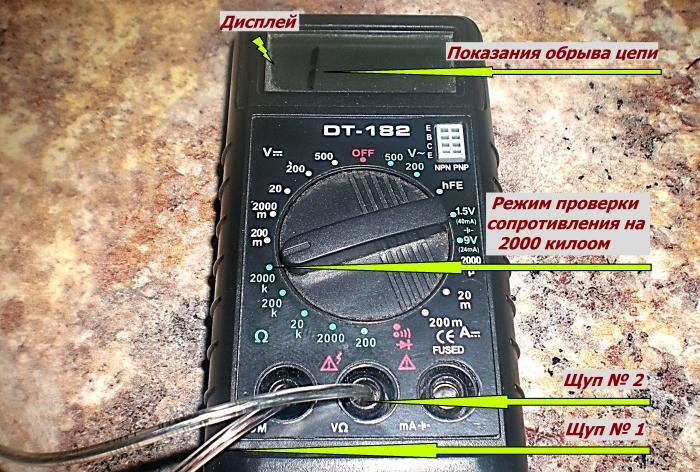
The provided method will not allow you to fully measure the capacitance of the capacitor, but it will reveal its condition without a special device.


